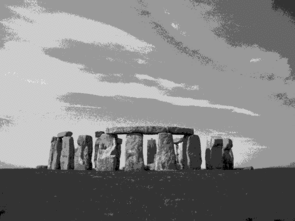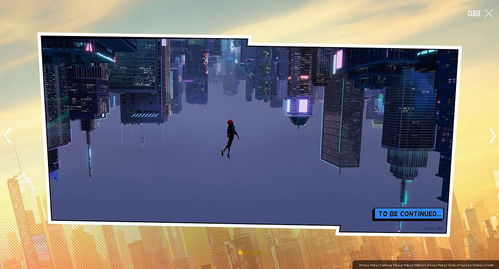What is Tone in Landscape?
Understanding the concept of tone in landscape photography can elevate your images from mere snapshots to captivating works of art. Tone refers to the lightness or darkness of a color, and it plays a crucial role in shaping the mood and atmosphere of a photograph. By mastering the use of tone, you can create stunning landscapes that evoke emotions and tell stories. Let’s delve into the various aspects of tone in landscape photography.
Light and Shadow

Light and shadow are the fundamental elements that create tone in a landscape. The interplay between these two elements adds depth and dimension to your photographs. When the sun is low on the horizon, it casts long shadows and creates a dramatic effect, often referred to as the “golden hour.” During this time, the warm tones of the setting sun can add a magical touch to your images. Conversely, during the midday, harsh light can create flat, uninteresting landscapes. It’s essential to understand how light affects tone and use it to your advantage.
| Time of Day | Light Quality | Shadow Length |
|---|---|---|
| Morning | Soft, warm | Long |
| Afternoon | Harsh, bright | Short |
| Evening | Soft, cool | Long |
Experimenting with different times of day can help you find the perfect lighting conditions to enhance the tone of your landscape photographs.
Color Balance

Color balance is another crucial aspect of tone in landscape photography. It refers to the distribution of colors in an image and can greatly impact the mood and atmosphere. Achieving the right color balance can make your landscapes more vibrant and engaging. Here are a few tips to help you master color balance:
-
Use a polarizing filter to enhance the color saturation of the sky and reduce glare.
-
Adjust the white balance setting on your camera to match the lighting conditions.
-
Experiment with different color profiles in post-processing to achieve the desired look.
Black and White Photography

Black and white photography is a powerful way to emphasize tone in landscape photography. By removing color, you can focus on the textures, shapes, and contrasts within the scene. Here are some tips for capturing stunning black and white landscapes:
-
Look for high-contrast scenes with strong tonal variations.
-
Use a polarizing filter to enhance the contrast between light and dark areas.
-
Experiment with different black and white conversion techniques in post-processing to achieve the desired look.
Dynamic Range
Dynamic range refers to the range of tones from the darkest to the brightest in a scene. A wide dynamic range allows you to capture both the highlights and shadows, resulting in a more detailed and realistic image. Here are a few techniques to help you manage dynamic range:
-
Use HDR (High Dynamic Range) photography to combine multiple exposures into a single image.
-
Bracket your exposures to ensure you capture the full range of tones.
-
Utilize exposure blending techniques in post-processing to merge multiple exposures.
Post-Processing
Post-processing is a vital step in enhancing the tone of your landscape photographs. Here are some popular post-processing techniques to consider:
-
Adjusting exposure, contrast, and highlights to enhance the overall tone.
-
Using curves or levels to fine-tune the tonal range.
-
Applying dodging and burning techniques to add depth and dimension.
Remember, the key to mastering tone in landscape photography is to experiment, practice, and learn from your experiences. By understanding the various aspects of tone and how they interact with light, color, and composition, you can create stunning landscapes that captivate your audience.




